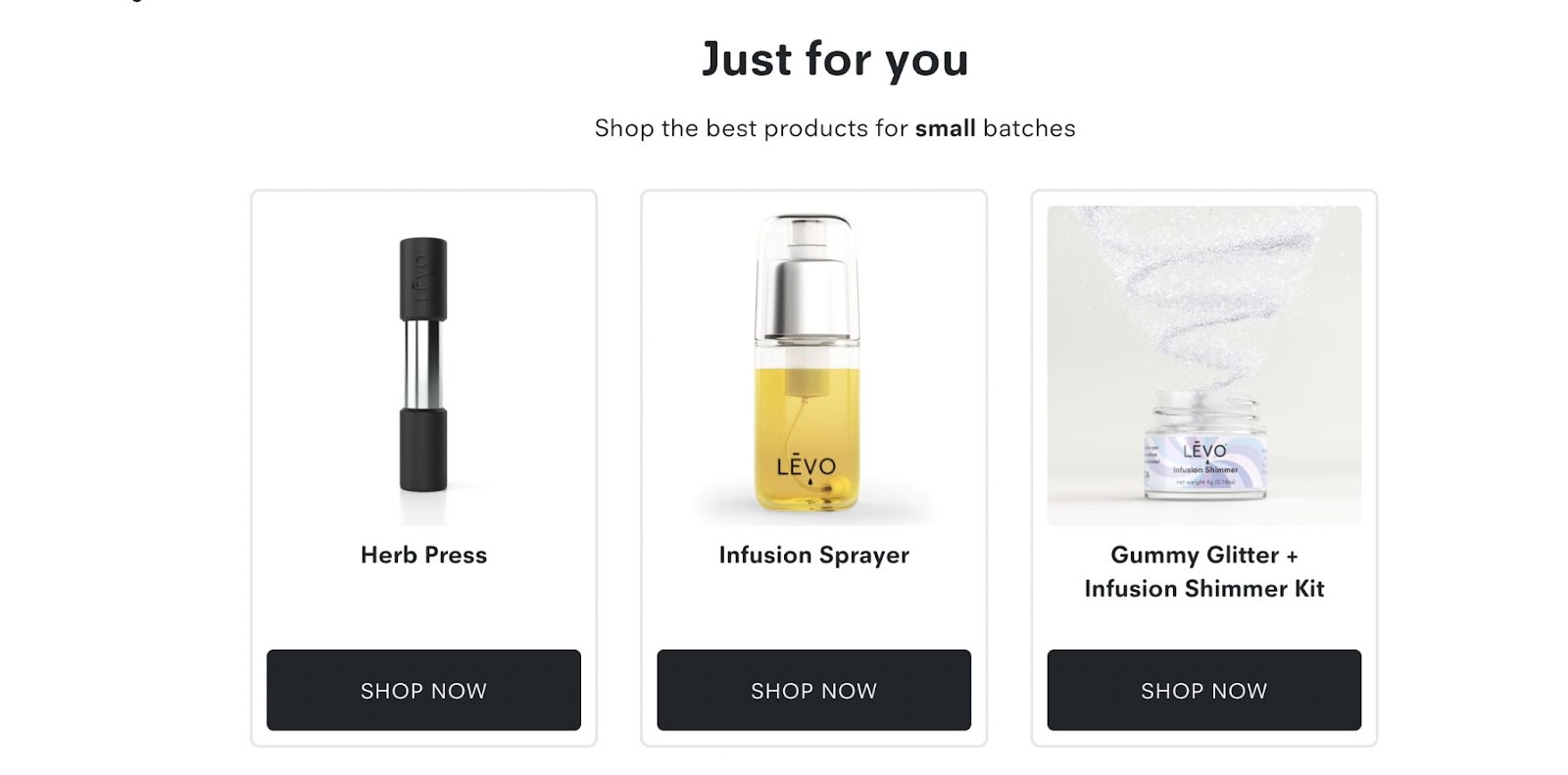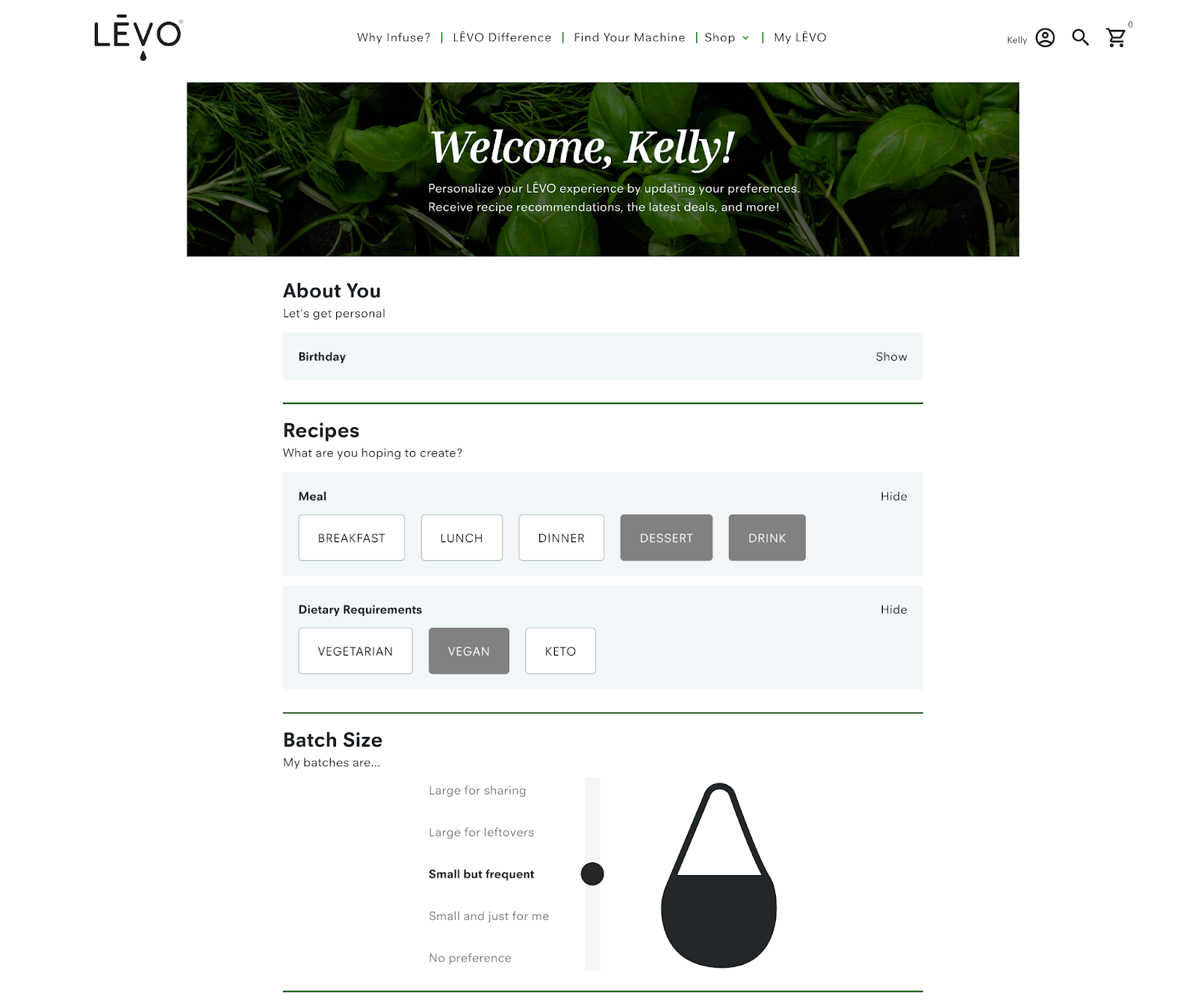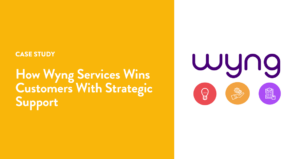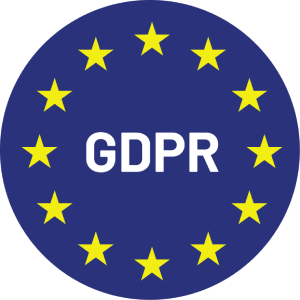In 2023, marketers should be focused on simple, effective tactics that create relevant, personalized customer experiences. To do that, you need reliable, accurate, and personal data. This is zero-party data.
However, zero-party data is different from what marketers are used to leveraging and what customers are used to engaging with. First- and third-party data are collected, crunched, and distilled into assumptions about customers based on their behavior. Using this data requires no direct interaction with customers.
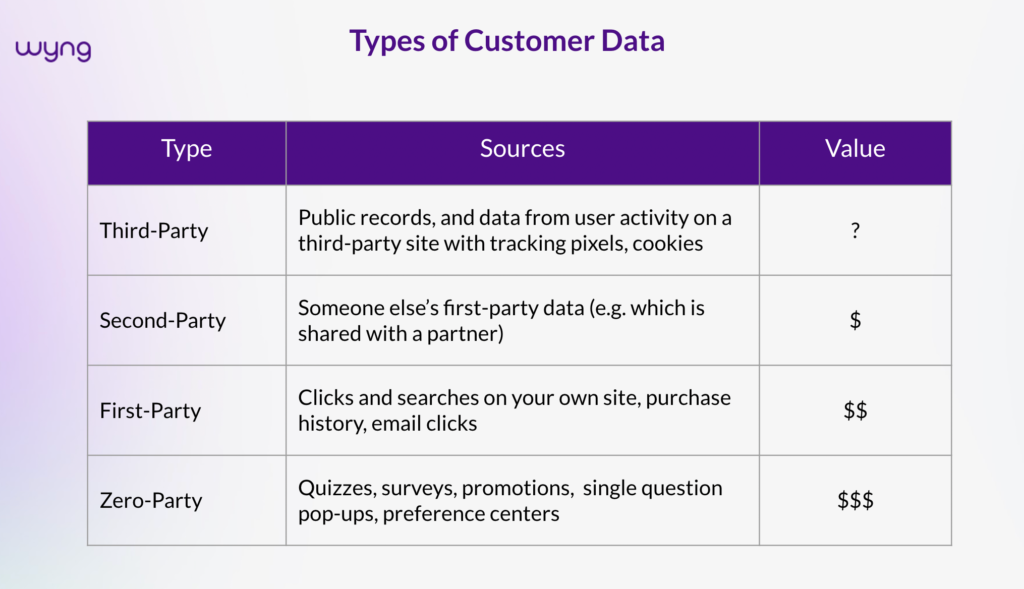
Zero-party data is direct by nature. So marketers need to think differently about how they collect and use it. Similar to how there are rules we call etiquette and manners in real-life interactions, there needs to be some online as well. Not only does following these rules increase your chance of success in getting this very valuable customer data, it also helps you create simpler experiences and customer journeys overall.
So, if you want to create simple, relevant experiences that have the highest chances of earning the most valuable customer data – these are the golden rules to follow.
Rule #1 – Only Collect What You Will Use
In order to keep your experience simple, limit the amount of processing a person has to do, and reduce the amount of clicks or typing. Most of you already know that asking for less from your customer in an interaction will increase the chances that they will complete that interaction. This is especially true when you are asking for data.
Here is a good example from LEVO Oil. They ask a single question about how big the batches of the customer recipes are.
Rule #2 – Earn the Data
We’ve written about this in the past. To get someone to interact with your experience, the “why” has to be clear. In other words – the experience should clearly answer “What’s in it for me?” and deliver fully on that promise. Not only does this earn data, but it also builds trust. When you deliver value in a small interaction, customers are more likely to believe that your other products and services will continue to deliver as well.
In the LEVO Oil example above, answering just one question means being directed to the right products to match your goals. Other experiences might deliver personalized content suggestions or promo codes.
Rule #3 – Use It As Quickly As Possible
Instant use is the best. For most brands, this means making a product or content recommendation. It’s very easy to make such a recommendation if you have your content organized by customer characteristic or preference. In fact, starting from your recommendation when you are designing the experience is a good way to know what and how to ask your customer a question.
In the LEVO example, they know their products and personas are usually organized around the sizes of batches they cook – whether it is desserts, meals, skincare products, or something else.
Here is how LEVO uses the data right away to recommend products – and then continue to use them in other parts of the site as the person browses around, possibly answering other questions.
Rule #4: Put Your Customers in Charge of Their Data
Finally, zero-party data is powerful and personal. Customers have been burned by brands abusing their data, so part of earning and keeping trust is giving customers constant choice and control. In the case of LEVO and other brands, we like to embed a link to “Manage Preferences” via a customer preference center that lives on their site – usually behind a login of some kind.
What is interesting about this is that you can combine zero-party data preferences with other preferences around communication, privacy, shipping, loyalty and more. Preference Centers are centralized data hubs that are really powerful for building loyalty and stronger customer relationships.
Conclusion: Simple Is Best
The great thing about the rules above is that they make experiences really simple to design and build. You don’t have to implement a bunch of tracking. You don’t even have to worry about how the data will plug into your existing system (although that is highly recommended)! Thinking about personalization and zero-party data as extremely simple experiences means you don’t have to worry as much about design and all the externalities that usually come with other types of data collection. You don’t even have to worry about privacy and consent! You really only have to worry about privacy issues once you collect identifying information like email, phone number, or address. Zero-party data allows you to personalize anonymously.
Wyng allows you to collect those anonymous preferences and then unify them with any ID you use in any of your systems to intelligently stitch together data and build profiles.
You can start a free trial or sign up for a personalized demo today.

